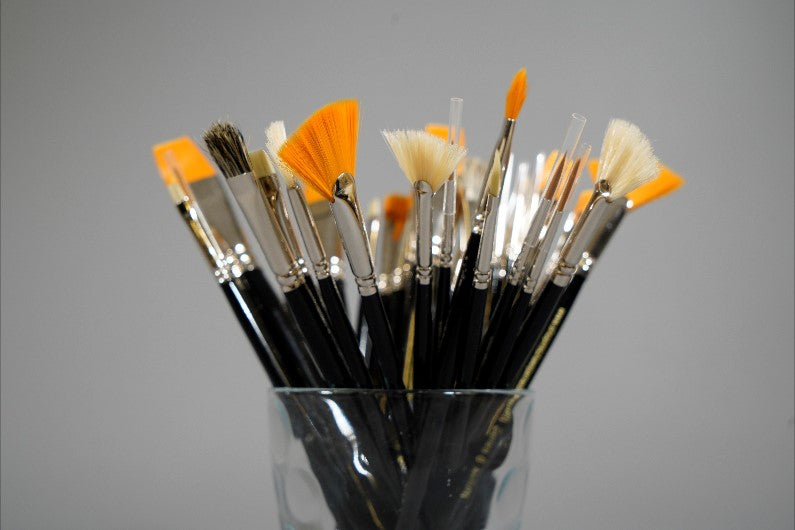
Mastering the Dagger Brush
Painting long grasses, distant tree canopies, and ripples in water becomes much easier with the Dagger Brush Named for its sword-like appearance, this brush features a fine tip and a gently curved edge, making it one of the most versatile tools in the studio.
Series 9 Ivory Dagger Brush is available to purchase here
It pairs beautifully with Rigger Brushes, especially when painting grass. With long, confident strokes, you can achieve perfectly tapered blades of grass, as seen in my St Ives painting. In my tutorial, you’ll see how the Dagger is ideal for adding slightly thicker blades of grass, bringing realism and variety to the foreground.
Watch my tutorial here
Why the Dagger Brush Stands Out
-
Sharp, clean edges – great for defining shapes and textures.
-
Thin, controlled lines – the brush holds paint effectively, allowing strokes to stand proud with an impasto effect.
-
Versatility – from delicate grass to textured ripples, the Dagger adapts easily.
The secret to success with the Dagger is in the paint mix: be sure to load the brush with plenty of paint from your palette so it carries enough onto the canvas.
Using the Dagger for Trees
The very tip of the Dagger Brush is excellent for painting distant tree canopies. There’s no need to thin the paint—using it straight from the tube works perfectly. This technique creates natural, textured foliage, and you can see exactly how I use it in my YouTube video above, where I build tree shapes on the side of a mountain.
Happy Painting!





